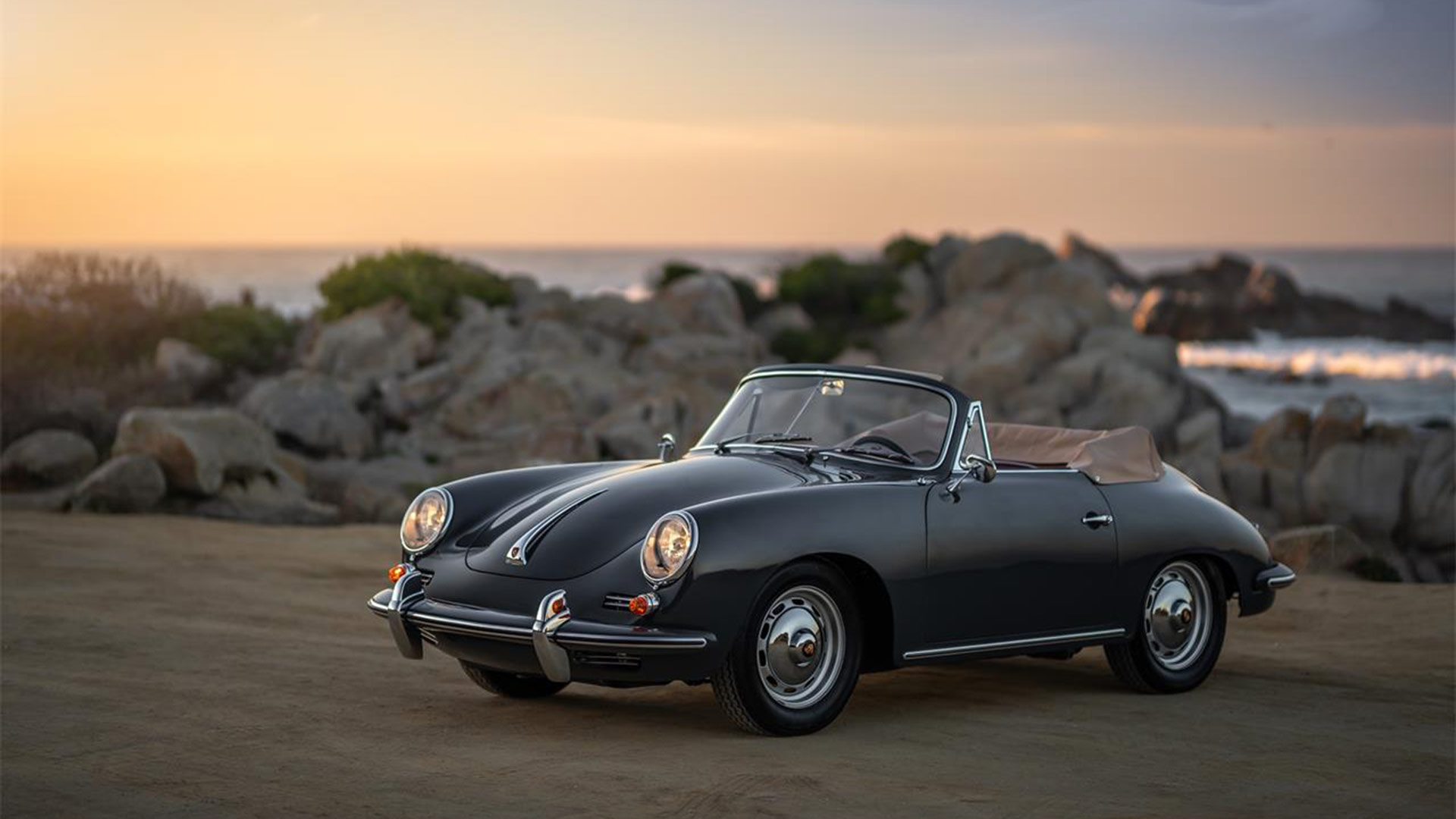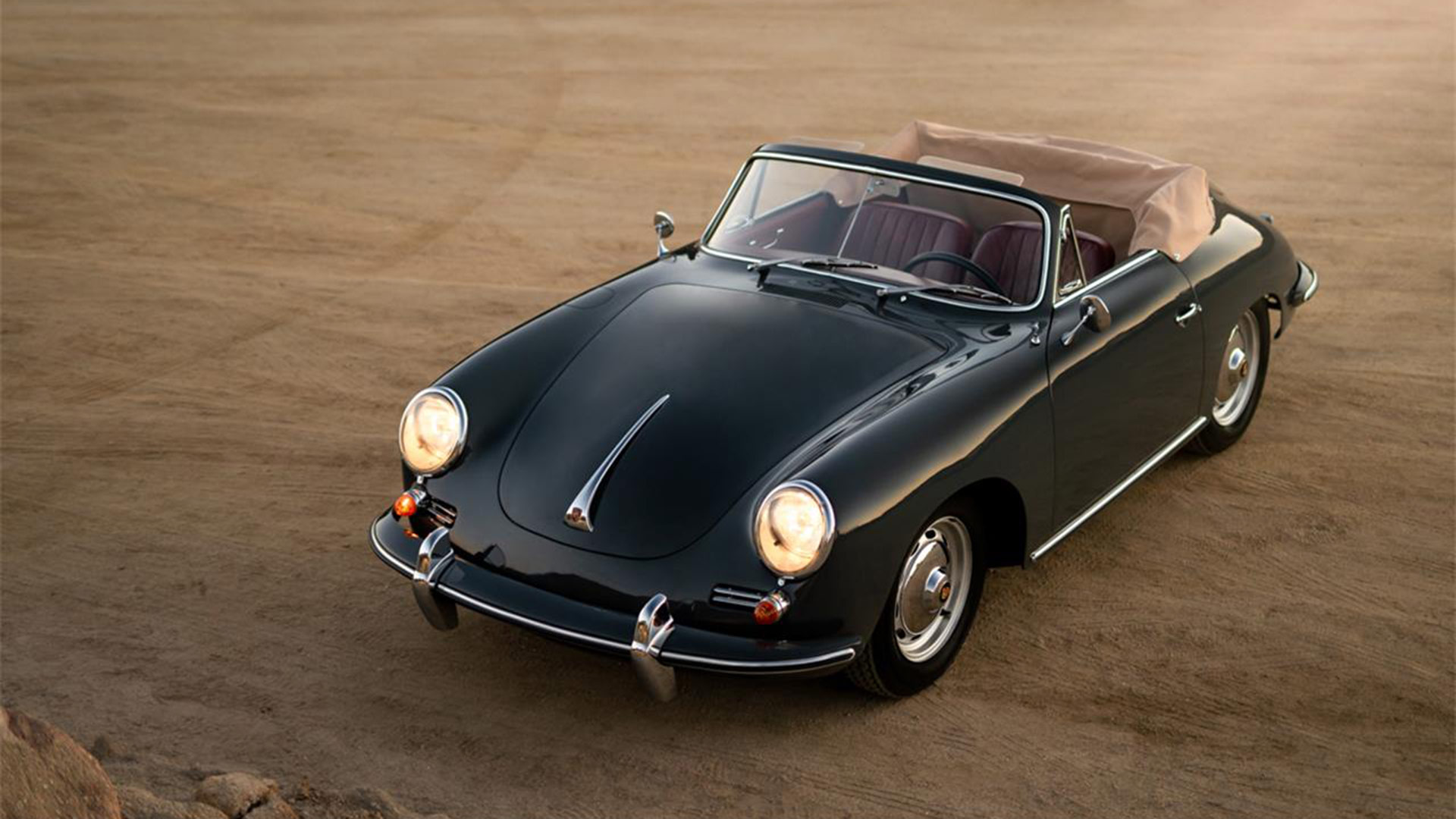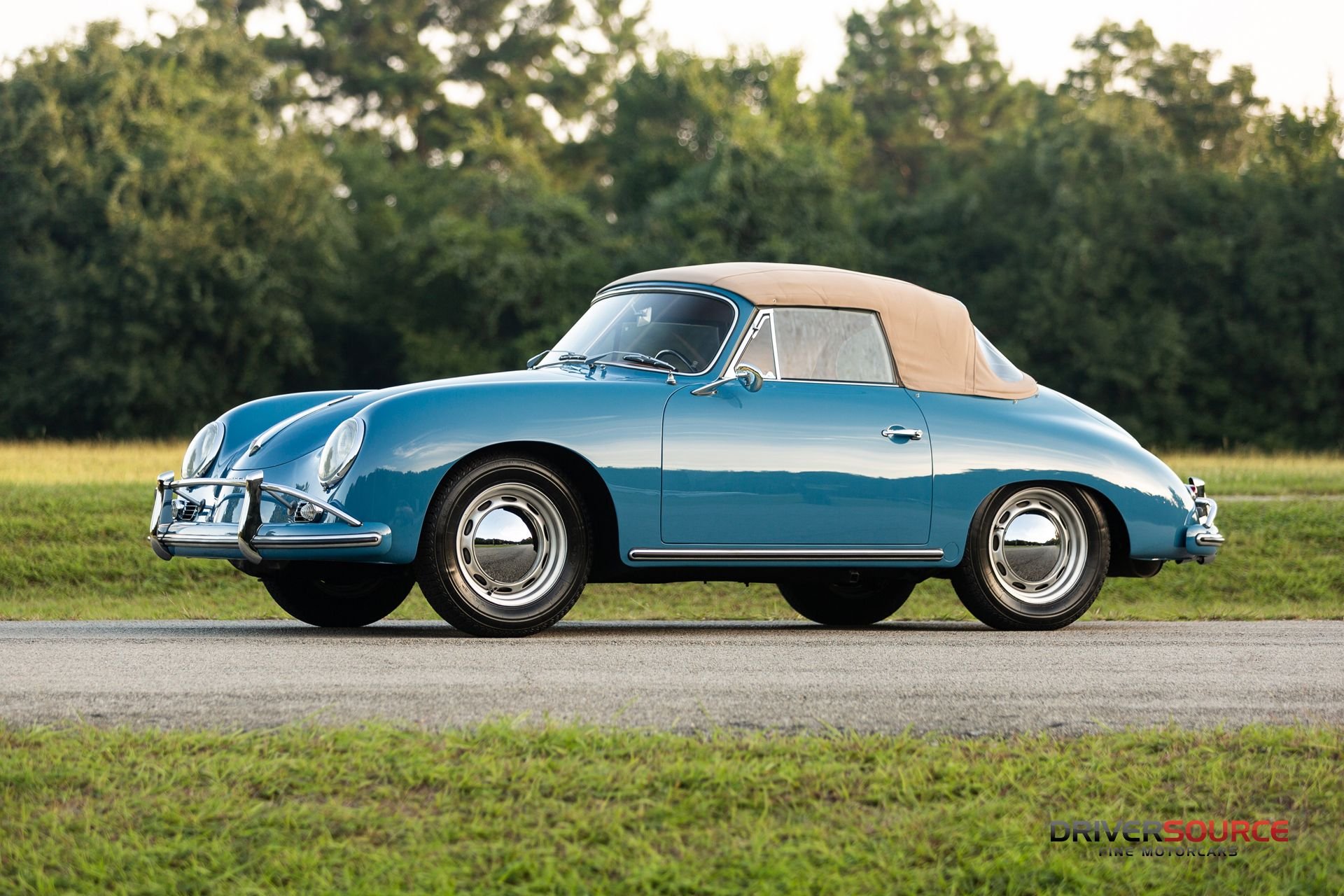Porsche 356/2 Gmünd Cabriolet
Share
Porsche 356/2 Gmünd Cabriolet: A Timeless Classic
The Porsche 356/2 Gmünd Cabriolet holds a significant place in automotive history, representing the unique blend of engineering excellence and aesthetic beauty. Produced between 1948 and 1951, this model is a testament to the early days of Porsche, showcasing its commitment to performance and design. In this article, we will explore the history, design, performance, and cultural impact of the Porsche 356/2 Gmünd Cabriolet.

A Brief History
Porsche, founded by Ferdinand Porsche in 1931, initially offered vehicle development consultancy services before entering the car manufacturing business. The production of the Porsche 356 began in the aftermath of World War II, with the first models rolling off the assembly lines in Gmünd, Austria. The 356/2 Gmünd Cabriolet was one of the first models produced, aimed at capturing the attention of car enthusiasts who desired both style and performance.
The 356/2 Gmünd Cabriolet was developed by Ferdinand’s son, Ferdinand "Ferry" Porsche, who envisioned a lightweight sports car that could excel on the road and the racetrack. With its sleek design and robust performance, the 356 would go on to become iconic, laying the groundwork for future models.

Design Features
The design of the Porsche 356/2 Gmünd Cabriolet is characterized by its elegant lines and refined proportions. Its lightweight aluminum body not only enhanced performance but also contributed to the aesthetic appeal of the car. The Cabriolet features a convertible top that allows for an open-air driving experience, which was a significant selling point.
The front of the Cabriolet is marked by its rounded headlights and distinctive Porsche grille, giving it a recognizable face. The interior, though sparse by modern standards, was designed with functionality in mind, featuring high-quality materials that complemented the car's sporty character.

Performance
Equipped with a 1.6-liter flat-four engine producing approximately 60 horsepower, the 356/2 Gmünd Cabriolet achieved a remarkable top speed of around 100 mph. While these figures may seem modest compared to modern sports cars, it's important to consider the context; the Cabriolet was a lightweight, agile vehicle that provided an exhilarating driving experience.
The 356's rear-engine layout contributed to its exceptional handling characteristics, allowing it to navigate corners with precision and control. This made it a popular choice for racing enthusiasts, and many 356 models found their way onto racetracks and rallies.

Cultural Impact
The Porsche 356/2 Gmünd Cabriolet has left a lasting legacy in the world of automotive culture. Renowned for its distinctive design and impressive performance, this model has become a favorite among collectors and enthusiasts alike. The Cabriolet's historical significance, combined with its timeless aesthetics, ensures it remains a sought-after vehicle in classic car circles.
In films and pop culture, the Porsche 356 has often appeared as a symbol of luxury and sophistication. Its iconic styling has inspired many modern designs, and it continues to be a driving force in the Porsche brand.
Conclusion
The Porsche 356/2 Gmünd Cabriolet stands as a remarkable automotive achievement, highlighting the ingenuity and vision of early Porsche engineers. Its lightweight construction, powerful engine, and elegant design have made it an enduring symbol of the brand, establishing a precedent that continues to inspire modern iterations.
As Porsche continues to innovate and produce cutting-edge vehicles, the legacy of the 356/2 Gmünd Cabriolet will remain a cherished part of the company's history. Whether captured in photographs or experienced firsthand, the Cabriolet exemplifies the spirit of Porsche and its commitment to creating exceptional sports cars. For enthusiasts and collectors alike, the opportunity to own a piece of this history is a prize worthy of pursuit.
